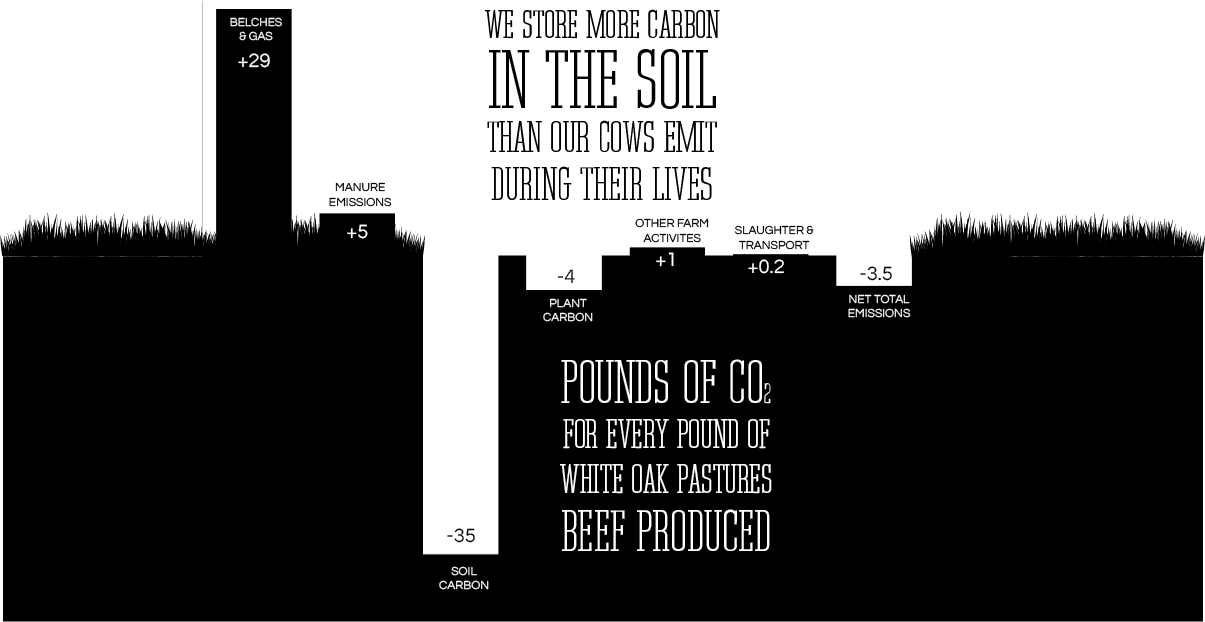Our hearts hurt...
For the people around us struggling with miscarriages, cancer, and auto-immune diseases; for parents who have precious children born with deformities and severe medical issues. We hurt for couples that cannot conceive and start their families.
Our hearts hurt...
For farmers across our country, trapped in a system they cannot control - desperately trying to hang onto their family's heritage. For the beekeepers who lose unfathomable amounts of their livestock year after year.
Our hearts hurt...
For land that no longer holds its beauty in wildlife and diversity. For rivers and waterways that no longer teem with life, or sparkle with clarity.
Our hearts hurt...
For our children to inherit a beautiful, healthy world.
This is our story
PART ONE
PART ONE
THE WRONG APPROACH
In 2018 our hearts were hurting too much to stay motionless. Suleima was teaching in a bilingual second grade classroom in Sunnyvale, CA and Austin was working as an electrical engineer nearby.
Austin’s family (fourth generation commercial beekeepers) had just lost more than 70% of their bees that year. Many of our friends from college couldn’t start a family, and several of our closest friends were struggling with severe auto-immune diseases.
We knew many of these problems were related to agrochemicals, and when an old family friend told us about these ‘lightning weeders‘ from the 1970’s that killed weeds with electricity, Austin was sold. It didn’t solve all the problems (insecticides, fungicides, etc), but it was a start.
So we left our jobs, packed everything up and moved to South Dakota where Austin’s family had land.
Austin found a pair of these machines and rebuilt them to start testing on one of the largest contributors to agrochemicals – soybeans.
But nature had a different idea in mind…

INTERMISSION
That summer was one of the wettest years on record in South Dakota. Roads washed out, and there were carp swimming across the fields we had planned on testing the lightning weeder in.
It was not a good year to work with high voltage.
So Austin started doing some engineering work for an entomology research center (Ecdysis Foundation) only to realize how broad the issues with modern farming really are, and that the lighting weeder really only addressed one of many issues.

Herbicides
The lightning weeder does a pretty good job of addressing herbicides.

Insecticides
The traditional ‘kill everything I didn’t plant‘ method of weeding has actually increased our need for insecticides. For every species of pests, there’s 1700 other species of insects that are neutral or beneficial. Killing the ‘weeds’ that aren’t competing with your crop removes the habitat for the 1700 insects that are essential to the ecosystem. Many of these other insects keep the problematic pest in check.

Soil erosion
When you use herbicides and insecticides in a field, the soil loses its living ecology that binds the soil together. This has resulted in many agricultural states losing a majority of their topsoil.

Synthetic fertilizer runoff
Without good topsoil, farmers have to use synthetic fertilizers (specifically nitrogen) on their fields to maintain decent crop yields. Up to 50% of applied nitrogen, however, is lost in water runoff. This makes everything downstream from lakes to the Mississippi Delta in the Gulf of Mexico turn green from algae blooms.

Monoculture Habitat
INTERMISSION
That summer was one of the wettest years on record in South Dakota. Roads washed out, and there were carp swimming across the fields we had planned on testing the lightning weeder in.
It was not a good year to work with high voltage.
So Austin started doing some engineering work for an entomology research center (Ecdysis Foundation) only to realize how broad the issues with modern farming really are, and that the lighting weeder really only addressed one of many issues.

Herbicides
The lightning weeder does a pretty good job of addressing herbicides.

Insecticides
The traditional ‘kill everything I didn’t plant‘ method of weeding has actually increased our need for insecticides. For every species of pests, there’s 1700 other species of insects that are neutral or beneficial. Killing the ‘weeds’ that aren’t competing with your crop removes the habitat for the 1700 insects that are essential to the ecosystem. Many of these other insects keep the problematic pest in check.

Soil erosion
When you use herbicides and insecticides in a field, the soil loses its living ecology that binds the soil together. This has resulted in many agricultural states losing a majority of their topsoil.

Synthetic fertilizer runoff
Without good topsoil, farmers have to use synthetic fertilizers (specifically nitrogen) on their fields to maintain decent crop yields. Up to 50% of applied nitrogen, however, is lost in water runoff. This makes everything downstream from lakes to the Mississippi Delta in the Gulf of Mexico turn green from algae blooms.

Monoculture Habitat

OUR ADVENTURE
PART TWO - THE RIGHT APPROACH
We’re about to get technical, but hang on.
This may be the most influential thought you read this year.
It’s well understood in engineering that if you approach problems as part of a system, you can often find dramatically better solutions, than if you approach problems individually.
So… Can we look at agrochemicals as part of a system?
________
Well, it turns out that the majority of all agrochemicals in the US are used on corn and soybeans. Together, 180 million acres are planted annually. About 35% of the corn goes to making ethanol [and by most comprehensive studies, it takes about 1 gallon of diesel to produce 1 gallon of ethanol]. Almost all remaining corn and soybean production goes to feed hogs, poultry, and cattle raised in CAFOs (Confined Animal Feeding operations – Think MASSIVE feedlots, hog barns, etc.).
So then from a system perspective, can we search for a solution? Well, it turns out that if these animals were raised on the land directly, the need for herbicides, insecticides, fungicides, fertilizers, and monoculture crops disappears.
And what about soil erosion, and CO2 (Carbon Dioxide) emissions? Well, if the animals are managed holistically, they actually contribute to carbon sequestration and soil growth!
This management technique is known as
Regenerative Agriculture
for its ability to not only sustain the health of an agricultural system but to rebuild or regenerate it.
In fact, meat raised under this paradigm actually results in a net reduction in CO2 in the atmosphere. Check out this amazing infographic from White Oak Pastures – one of the leaders in regenerative agriculture!

OUR ADVENTURE
PART TWO - THE RIGHT APPROACH
We’re about to get technical, but hang on.
This may be the most influential thought you read this year.
It’s well understood in engineering that if you approach problems as part of a system, you can often find dramatically better solutions, than if you approach problems individually.
So… Can we look at agrochemicals as part of a system?
________
Well, it turns out that the majority of all agrochemicals in the US are used on corn and soybeans. Together, 180 million acres are planted annually. About 35% of the corn goes to making ethanol [and by most comprehensive studies, it takes about 1 gallon of diesel to produce 1 gallon of ethanol]. Almost all remaining corn and soybean production goes to feed hogs, poultry, and cattle raised in CAFOs (Confined Animal Feeding operations – Think MASSIVE feedlots, hog barns, etc.).
So then from a system perspective, can we search for a solution? Well, it turns out that if these animals were raised on the land directly, the need for herbicides, insecticides, fungicides, fertilizers, and monoculture crops disappears.
And what about soil erosion, and CO2 (Carbon Dioxide) emissions? Well, if the animals are managed holistically, they actually contribute to carbon sequestration and soil growth!
This management technique is known as
Regenerative Agriculture
for its ability to not only sustain the health of an agricultural system but to rebuild or regenerate it.
In fact, meat raised under this paradigm actually results in a net reduction in CO2 in the atmosphere. Check out this amazing infographic from White Oak Pastures – one of the leaders in regenerative agriculture!
NEXT STEPS

INFLUENCE
THE FARMER

ASK
THE GOVERNMENT

EDUCATE
THE CONSUMER
NEXT STEPS

INFLUENCE
THE FARMER

ASK
THE GOVERNMENT

EDUCATE
THE CONSUMER

OUR APPROACH
WE'VE OPTED TO EDUCATE
We've opted for the third choice - education (Suleima the teacher rejoices!). It's a direction we can win.
We've told our friends, our family, and even strangers at coffee shops about regenerative agriculture. But we needed a bigger stage. A stage that could fund our dream and
heal hurting hearts - yours and ours.
So here is where Créme Royale was born.
From our hearts to yours,
Suleima and Austin
If you want to learn more about our mission, you can click the link below.

OUR APPROACH
WE'VE OPTED TO EDUCATE
We've opted for the third choice - education (Suleima the teacher rejoices!). It's a direction we can win.
We've told our friends, our family, and even strangers at coffee shops about regenerative agriculture. But we needed a bigger stage. A stage that could fund our dream and
heal hurting hearts - yours and ours.
So here is where Créme Royale was born.
From our hearts to yours,
Suleima and Austin
If you want to learn more about our mission, you can click the link below.


